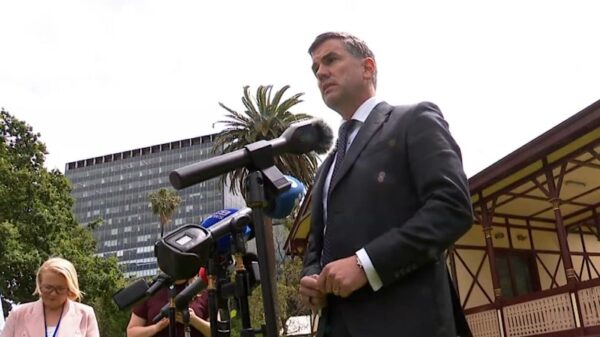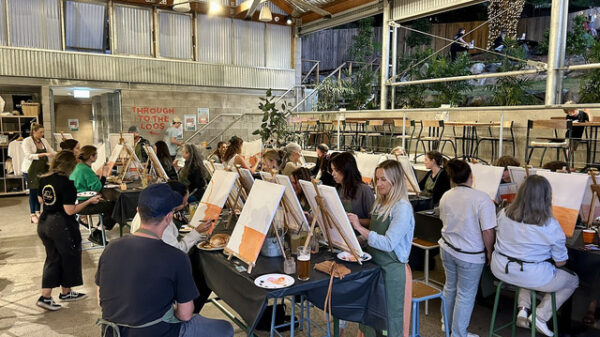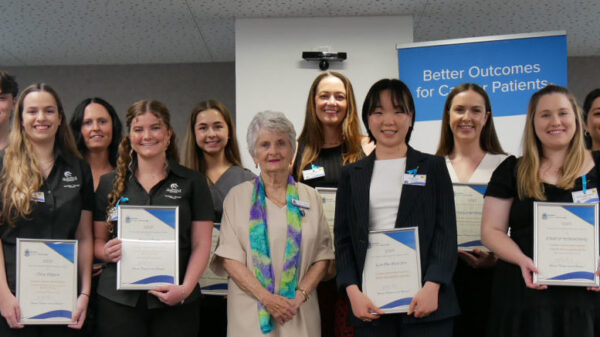Researchers at ETH Zurich have introduced an innovative digital co-pilot designed to enhance the conservation of historic sandstone buildings, using the Lausanne Cathedral as a case study. This advancement combines artificial intelligence (AI) and extended reality (XR) technologies to provide specialists with a comprehensive tool for assessing and restoring structures affected by weathering damage.
The project, part of the Heritage++ initiative led by Robert Flatt, Professor of Physical Chemistry of Building Materials, showcases how digital solutions can revolutionize the field of built heritage conservation. The cathedral, which dates back to 1170 and is the largest Gothic church in Switzerland, has undergone numerous alterations and restorations throughout its 750-year history. Its vulnerable sandstone, particularly susceptible to degradation from water, necessitates ongoing conservation efforts.
Advanced Digital Tools in Heritage Conservation
The digital co-pilot developed by ETH Zurich aims to support conservators in their restoration tasks. By integrating data from various scientific fields, the co-pilot allows for an interactive experience where specialists can visualize and assess the condition of the cathedral’s architectural elements. Through laser scanning and photogrammetry, researchers have created detailed 3D models of the cathedral, enhancing them with specific information about each stone, including age, mineral composition, and degradation status.
According to Ricardo Maia Avelino, a postdoctoral fellow involved in the project, “Our article proposes a new way to display and interact with how the building works structurally.” This immersive approach not only aids conservators but also allows the general public to explore the architectural insights, fostering a deeper understanding of the cathedral’s structural integrity.
Climate-Resilient Strategies for Restoration
The project addresses the urgent need for effective restoration strategies, particularly in light of climate change. Researchers are examining the impact of water, especially from rain, on the sandstone’s degradation. Wind-driven rain poses a significant challenge, as it can lead to rapid wetting and drying cycles that harm the stone. By implementing a network of sensors, the researchers have been collecting data on local microclimates to better understand how environmental factors contribute to the building’s deterioration.
These findings will help conservation experts predict potential future damage, enabling them to develop tailored restoration strategies that enhance the durability of their interventions. Christophe Amsler, the architect overseeing the cathedral’s conservation, emphasizes the importance of these digital technologies: “Preserving historic monuments requires constant care and attention.”
To celebrate the cathedral’s 750th anniversary in October 2023, ETH researchers launched an application that provides visitors with insights into ongoing conservation efforts. Through this app, users can access augmented reality features, offering a rich understanding of the cathedral’s history and the work being done to preserve it.
As the digital co-pilot evolves, it is anticipated that similar models could be applied to other historic structures, expanding the potential for interdisciplinary collaboration in heritage conservation.




























































